OneLedger — Universal Blockchain Protocol for Business Enterprises
With the development and advancement of blockchain technology, more and more business enterprises are expected to utilize the security features provided by it. Now, enterprises are spoilt for choice when it comes to blockchains. There are just so many of them out there, with their own unique traits and qualities. But this also poses a problem — how do business enterprises utilizing different blockchain ledgers communicate with each other? After all, the most popular blockchains out there today (such as Bitcoin, Ethereum and NEO) were not designed keeping in mind a need for inter-operability. What we need is a unified ledger, or a communication protocol that would make cross-ledger interaction possible. OneLedger is trying to achieve just that — a universal protocol for cross-blockchain transactions — and is specifically targeted towards helping business enterprises adopt blockchain technology for their applications and products.
Website : click here
Whitepaper : download here
Telegram : join here
Overview
OneLedger provides modularization tools which make it easy for business enterprises to build applications on their platform. A Smart Identity Management Platform enables users to track their assets over multiple blockchains. Sidechains are used to ensure that the network is kept free from congestion even under heavy work load. And SDKs are under development which would simplify the process of deploying dApps over multiple blockchain ledgers.
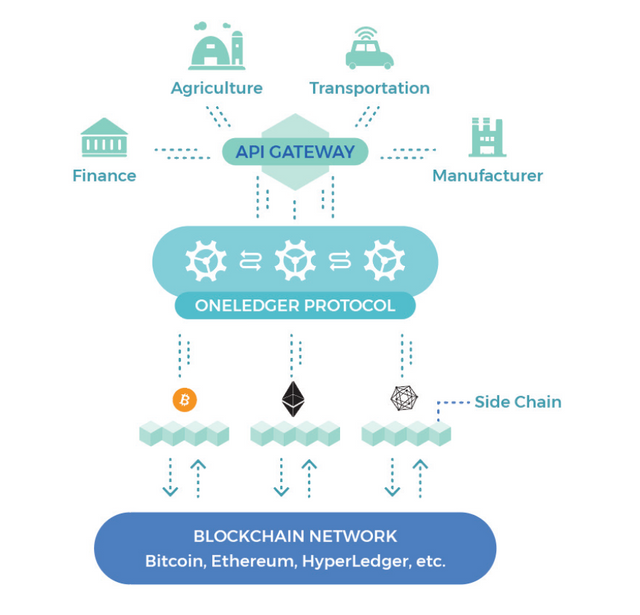
OneLedger Features
1. Smart Identity Mangement Platform
One Ledger manages a user’s assets stored in different ledgers by assigning a master-key/public-key pair to each entity on its ledger. This is known as Public Key Infrastructure, or PKI. Public keys belonging to different blockchains can be associated with this master key by digitally signing a message with the private-key of the master-key pair. Entities on the OneLedger platform can also assign trust scores to each other, making the platform more secure.
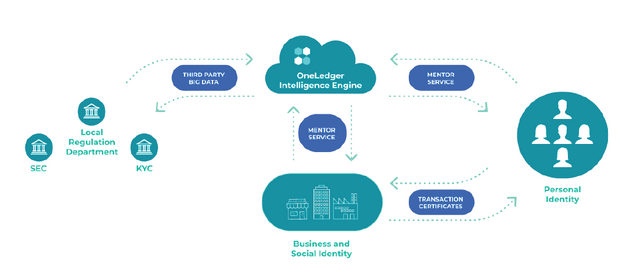
2. Sidechains
OneLedger uses sidechains to speed up transactions. Transactions between two users occur in a sidechain, and only the final results are broadcasted to the main chain. The sidechain can be either permissioned or permission-less (like Bitcoin or Ethereum). In case of a permissioned blockchain, anyone who wishes to join the network has to be authorized by a network administrator first. For permissioned sidechains, the user can use the Smart Identity Management System to find the trust ratings of other identities or users, and only interact with those with a certain trust score. OneLedger sidechains can be synchronized with any public blockchains that support payment channels and hashed time-lock contracts (more on that later).
3. Chaincode Service
In many cases, dApp developers have to write smart contracts in different languages for deploying them on different blockchains — for example, Solidity for Ethereum, .NET for Stratis and JavaScript for Lisk. OneLedger is developing a software development kit or SDK which will enable developers to create a ‘master smart contract’, which will specify the smart contract in each language of choice. This will allow the user to deploy the dApp on multiple blockchain networks extremely easily.
4. Business Modularity
OneLedger is developing business tools to help enterprises adapt to the blockchain flow. The Extendable OneLedger API will help in transforming business models into blockchain applications through modularity. The OneLedger platform will connect independent module developers with business enterprises, and help them setup their own service agreement using the portal business tools. Multiple developers would also be able to contribute towards a project and share the earning in proportion.
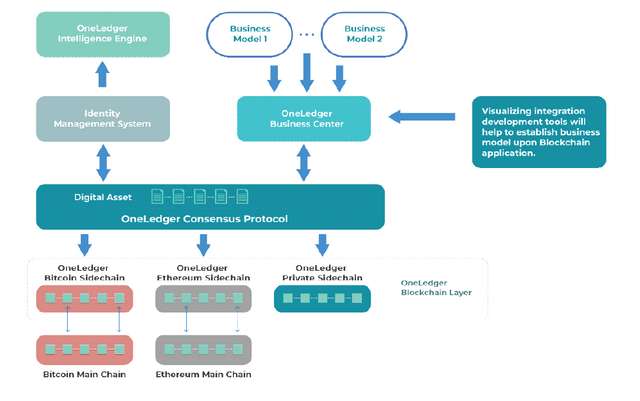
5. Hash Time Lock Contracts
OneLedger uses Hash Time Lock Contracts, or HTLC. In a hashlock contract, a receiving address must broadcast a hash (or a piece of information ) before it can receive assets, while in a timelock contract, there is a restriction on the time in which a contract can be executed. HTLC makes cross-chain transactions easy. An user can deposit assets in any public blockchain address, and in return be paid by a corresponding amount of OneLedger tokens, which the user can then trade for any other asset.
Consensus Protocol
A 3-layer consensus protocol is used to enable OneLedger to communicate to different blockchains.
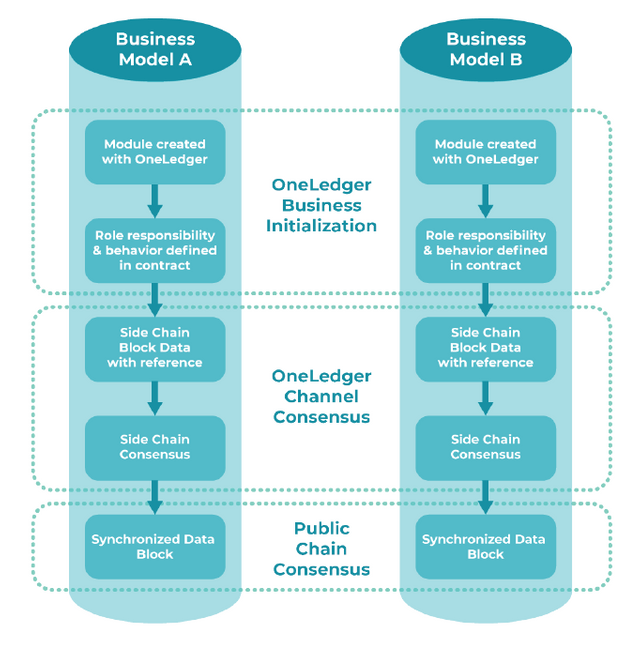
1. Business Initialization
In the first layer, contracts are defined for business models, to indicate the roles of participants of an agreement. These are generalized contracts, which can be modified to contracts suitable to be executed on different public blockchains.
2. Channel Consensus
OneLedger uses a sidechain consensus algorithm which is based on Byzantine Fault Tolerant Partial Synchronization (similar to what NEO uses). Consensus is achieved when 66% of nodes reach an agreement. If the sidechain crosses 2 different business models, then consensus is achieved by counting votes in each model after both models have reached consensus on their own.
3. Public Chain Consensus
For transfer of assets between different blockchains, a pre-consensus step is first performed in a sidechain. Thereafter, a proposal is sent to the public chains. If the proposal is validated by both the public chains, and 66% of the nodes in the OneLedger sidechain, a transfer of assets can take place.
Team OneLedger
David Cao, the Founder and CEO of OneLedger, has over 3 years of blockchain experience and 10 years of enterprise experience. He has previously worked at IBM Toronto Lab. Their CTO is Alex Todd, who is the Founder of Trust 2 Pay and former CTO of PRESTO. He has spent a significant portion of his professional life exploring business opportunities in the emerging and disruptive technologies space.
Their Lead Engineer Stephen Li is a former senior consultant for Morgan Stanley and Deutsche Bank. He has a keen interest in high-performance computing applications, and is an expert in Solidity. Edwin Zhang, their MD, is a former software engineering lead for TribalScale. He possesses both the technical knowledge of a Solidity programmer, and the extensive experience of an investor.
The other engineers in their team are Paul W. Homer — with 25 years of experience in developing enterprise software and a deep knowledge of Byzantine Fault tolerance algorithms, Alex Lan — a data science expert, with emphasis on big data and machine learning, and Lester Li — a Full Stack engineer with over 10 years’ worth of experience.
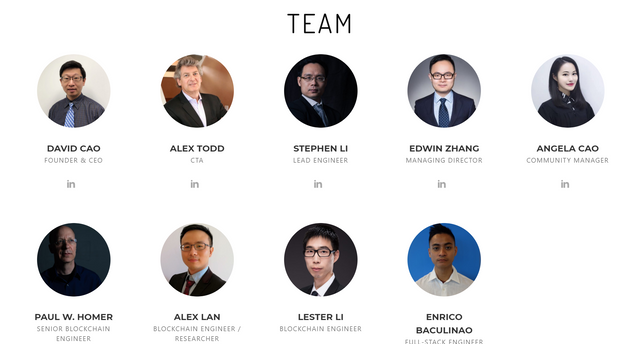
Token Metrics
OneLedger will issue 1 billion OLT (OneLedger Tokens), which are initially going to be ERC20 tokens. Network fess for any transactions on the OneLedger network will be paid in terms of OLT. Users will also be able to stake their OLT tokens to ensure stability and security of the network, and earn dividends in return. OneLedger’s software will allow anyone to run a node initially, and the staking amount will be decided later on.
OLT would also be required for developers to deploy their modules on the OneLedger platform. Users will also pay developers fees in terms of OLT tokens to use their products. 25% of all OLT tokens would be reserved for the best developers and projects on the OneLedger platform, to encourage community growth.
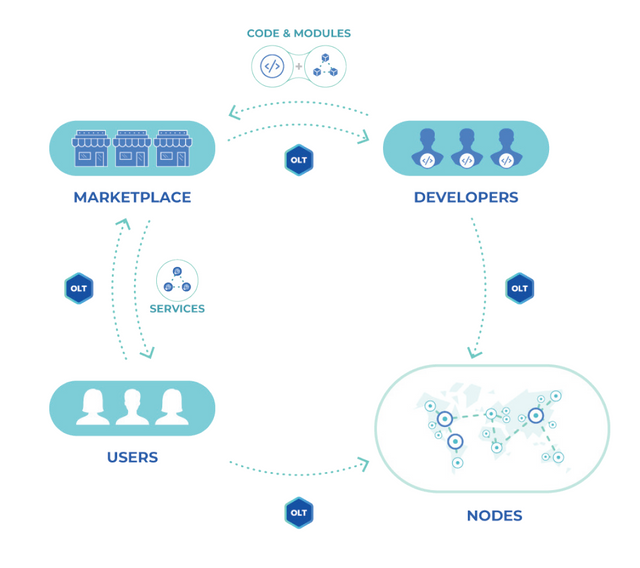
Their token sale hardcap is $15m, which is extremely commensurate for a project with OneLedger’s vision. Out of this, $5m would be available for the public sale. 35% of all tokens would be available for token sale.
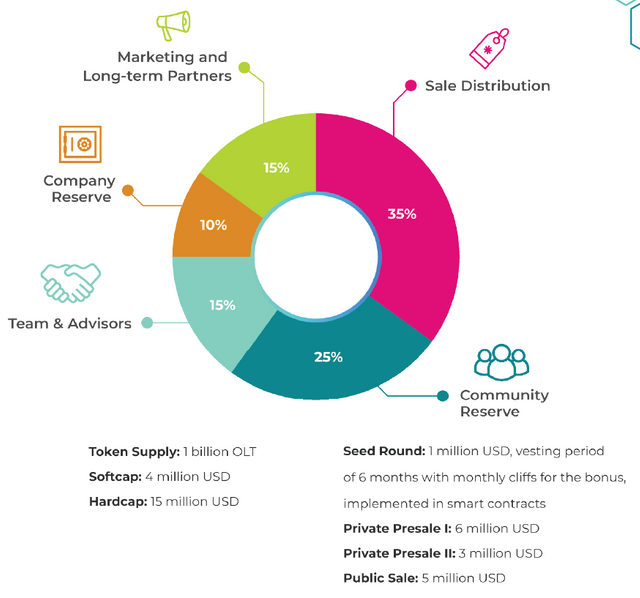
Parting Thoughts
OneLedger is working at cross-ledger inter-operability, one of the nagging problems in the world of blockchain. Wanchain, Icon and Aion are some of their well-established rivals. Their hardcap of $15m leaves them immense room for growth. And their team possesses a steady balance of technical expertise and management skills.
I hope this article will help you make up your mind whether OneLedger is worth your hard-earned Ether. As always, this is not investment advice.
Congratulations @aaboltaabol! You have completed some achievement on Steemit and have been rewarded with new badge(s) :
Click on the badge to view your Board of Honor.
If you no longer want to receive notifications, reply to this comment with the word
STOP